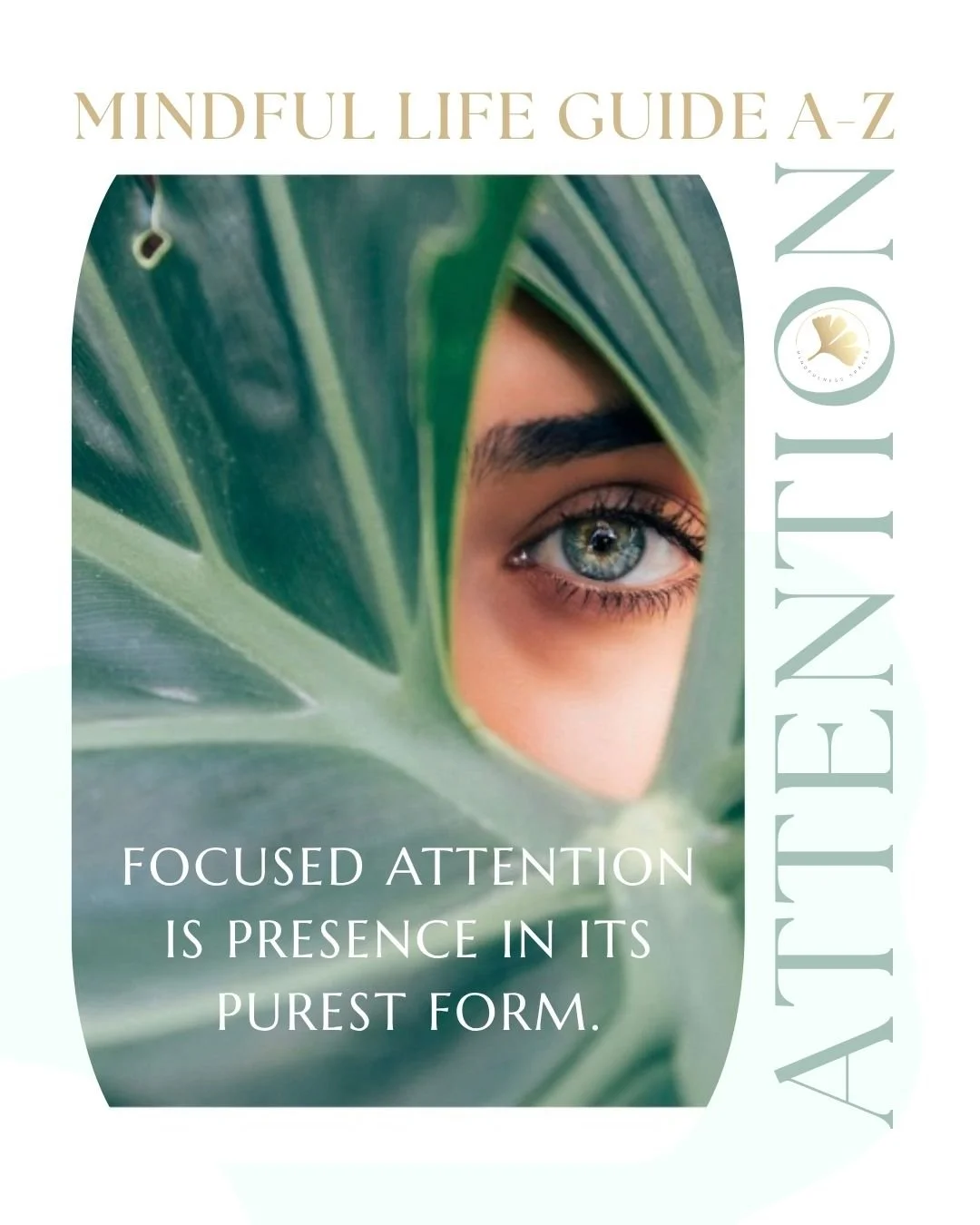Attention: a precious currency and a scarce resource.
Attention is a scarce resource, fiercely competed for by media, companies, and countless digital platforms that treat it as a valuable currency. In a world where distractions are constant, attention becomes the essential key to beginning a mindful life, as it is the one thing we truly have control over. The challenge lies in reclaiming this attention, which is often taken from us without consent. By consciously claiming it back, we cultivate mindfulness, restore balance, and align our inner calm with the outer world, creating spaces that nurture both our mind and surroundings.
What is attention?
The science of attention explores how the brain selects, focuses on, and processes specific information while filtering out distractions. It involves cognitive processes that regulate awareness and concentration, relying on brain regions like the prefrontal cortex and parietal lobes. Attention can be voluntary, as in focusing on a task, or involuntary, such as reacting to a sudden noise. Research in this field helps us understand learning, memory, and even disorders like ADHD, revealing how attention shapes perception and behaviour.
Types of attention
Types of attention, each serving a unique role in how we process information:
Sustained Attention – The ability to maintain focus on a task or stimulus over a prolonged period, such as reading a book or listening to a lecture.
Selective Attention – Focusing on a specific stimulus while ignoring others, like listening to a friend in a noisy room.
Divided Attention – Splitting attention between multiple tasks simultaneously, such as driving while talking.
Alternating Attention – Shifting focus back and forth between tasks that require different cognitive skills, like answering emails and taking phone calls.
Executive Attention – Involves managing and regulating attention, especially when dealing with conflicting information or making decisions.
Real life examples of each attention type
Each type engages different cognitive mechanisms and brain areas, especially within the frontal and parietal cortices. Real-life examples for each type of attention:
Sustained Attention: A student focusing on solving math problems during a 45-minute exam without losing concentration.
Selective Attention: Tuning out background conversations at a busy café while reading a book or listening to one friend speak in a crowded room.
Divided Attention: Cooking dinner while watching the news and occasionally checking your phone for messages—managing all tasks at once.
Alternating Attention: Writing an essay, then pausing to reply to a text message, and quickly returning to the essay with mental flexibility.
Executive Attention: Playing chess, where you must ignore distractions and plan several moves ahead while weighing multiple options under pressure.
Enhancing attention involves targeted strategies and habits that strengthen each type of attentional control:
Sustained Attention: Practice deep work using techniques like the Pomodoro Method (e.g., 25 minutes focused work, 5-minute break) and reduce distractions (turn off notifications, use noise-canceling headphones).
Selective Attention: Train your focus through mindfulness meditation or concentration exercises, such as counting backwards or identifying one sound in a noisy environment.
Divided Attention: Improve cognitive flexibility with multitasking games (like dual n-back) or practice managing simple concurrent tasks before moving to more complex ones.
Alternating Attention: Challenge your brain with tasks that require frequent switching, like Sudoku while intermittently responding to simple questions, or use apps that train cognitive flexibility.
Executive Attention: Strengthen with strategic games (e.g., chess, strategy video games), journaling to build self-awareness, and practicing decision-making with time constraints.



